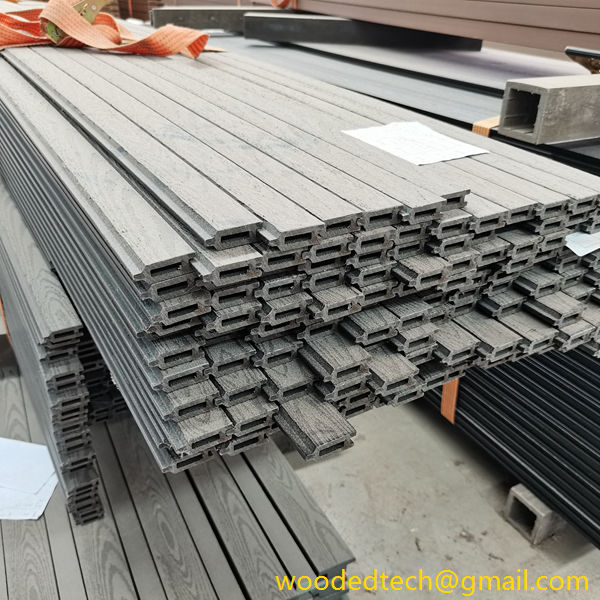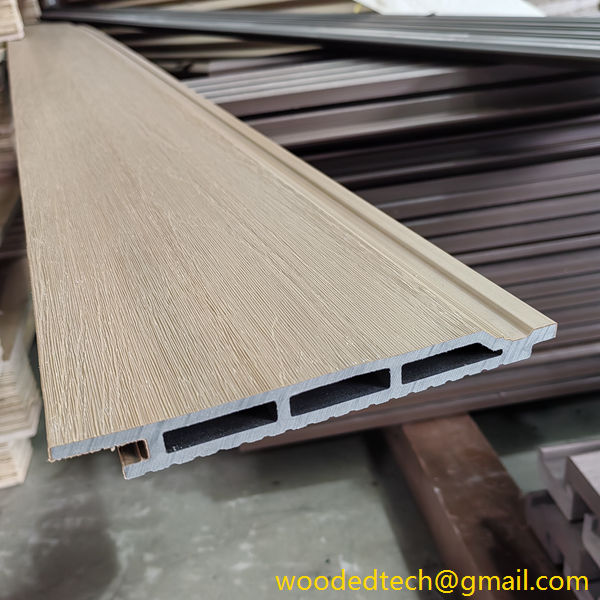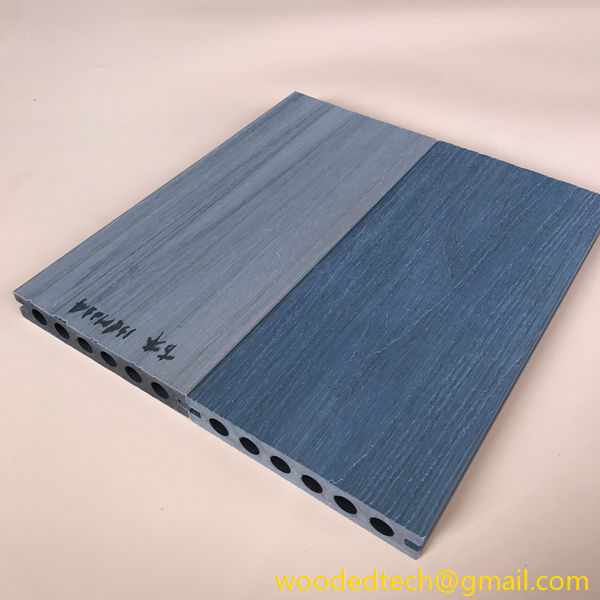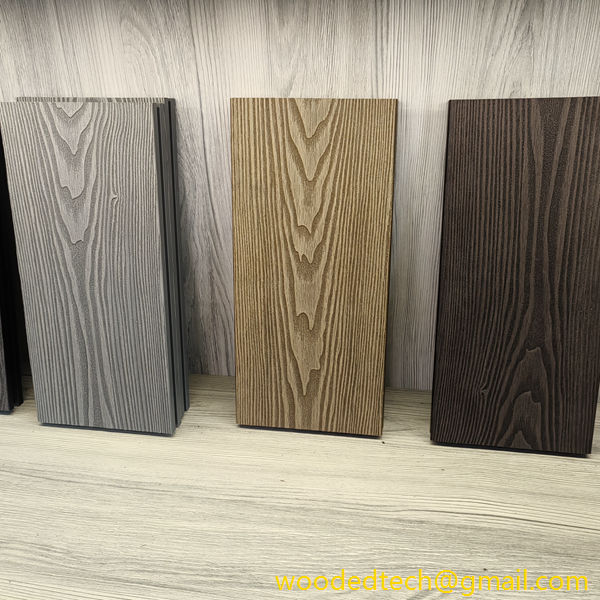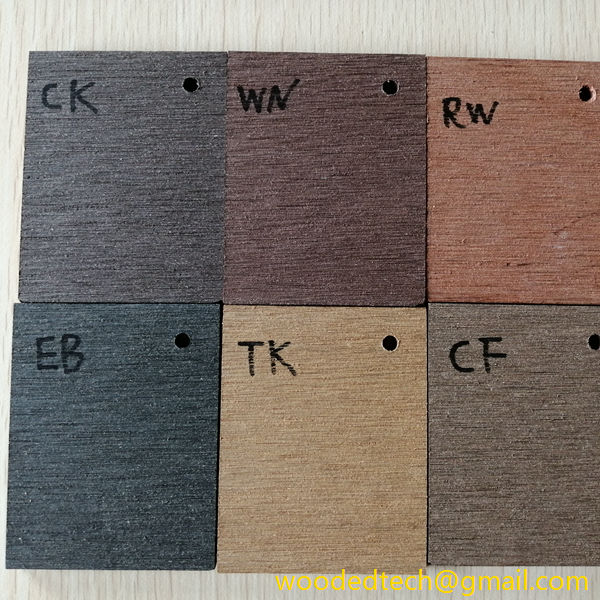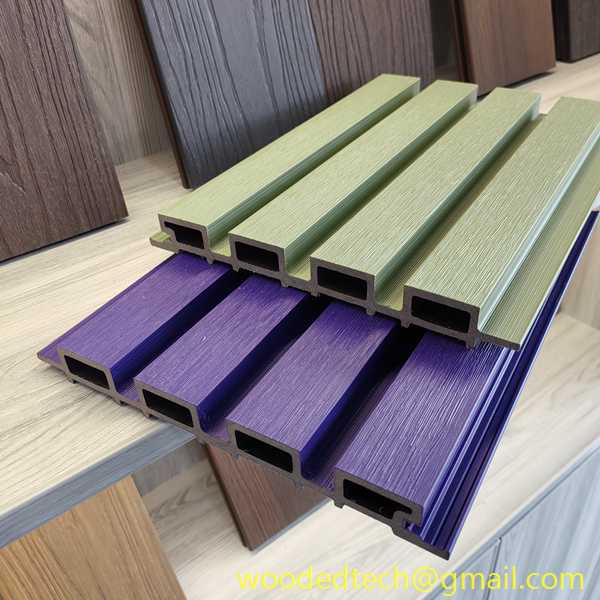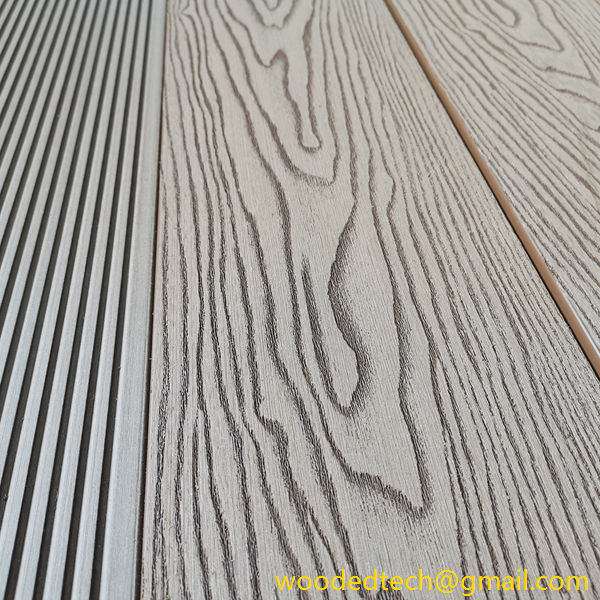WPC, or Wood Plastic Composite, boards are increasingly popular in various applications due to their unique combination of wood fibers and plastic materials. This combination provides numerous benefits, including durability, resistance to moisture, and an aesthetic appeal that mimics natural wood. However, to fully realize the advantages of WPC boards, proper installation and maintenance are essential. This article will explore the various applications of WPC boards while emphasizing the importance of correct installation and ongoing maintenance.
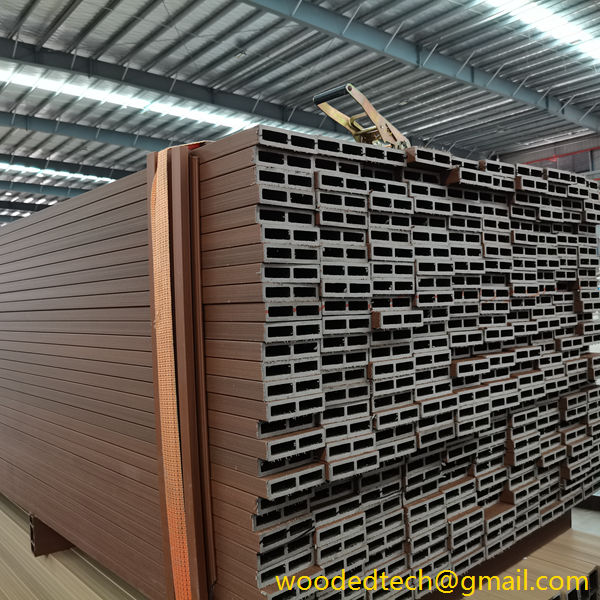
WPC boards are widely used in outdoor applications, particularly for decking, railing, and fencing. The outdoor environment can be harsh on traditional wood products due to exposure to sunlight, rain, and fluctuating temperatures. WPC boards, on the other hand, are engineered to withstand these conditions without warping, cracking, or fading. When installing WPC decking, it is crucial to ensure that the substructure is adequately prepared. This includes using treated wood or aluminum framing that is resistant to moisture. Proper spacing between the boards during installation is also vital to allow for expansion and contraction caused by temperature changes.
Another popular application for WPC boards is in landscaping. They can be used for garden beds, planters, and retaining walls. When incorporating WPC boards into landscaping projects, ensuring that they are supported correctly is essential. For example, when building a raised garden bed, WPC boards should be anchored securely to prevent any shifting or movement over time. Moreover, it is important to select the right type of WPC board for the specific application, as some boards are designed for structural support while others aremore suited for aesthetic purposes.
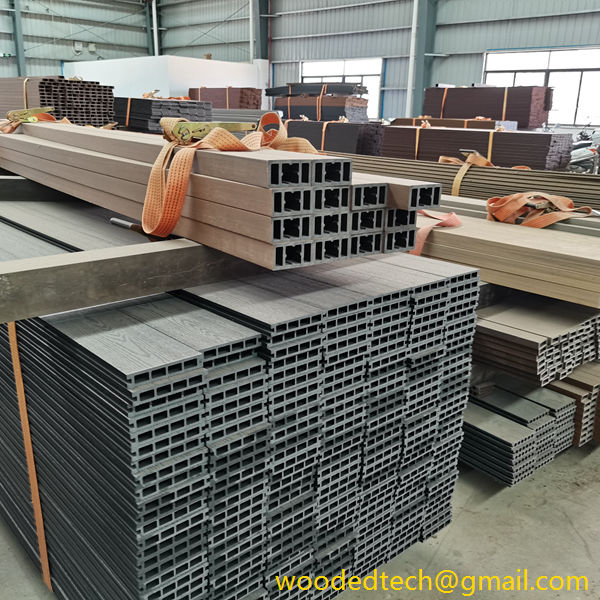 WPC boards are also gaining traction in interior applications, such as wall cladding and furniture. The versatility of WPC allows it to be used in various styles and finishes, making it an attractive option for both residential and commercial spaces. When installing WPC wall cladding, the surface must be clean and dry to ensure proper adhesion. It is advisable to use the appropriate fasteners and installation techniques recommended by the manufacturer. Additionally, maintaining interior WPC applications involves regular cleaning to prevent the buildup of dust and debris, which can affect the appearance and longevity of the material.
WPC boards are also gaining traction in interior applications, such as wall cladding and furniture. The versatility of WPC allows it to be used in various styles and finishes, making it an attractive option for both residential and commercial spaces. When installing WPC wall cladding, the surface must be clean and dry to ensure proper adhesion. It is advisable to use the appropriate fasteners and installation techniques recommended by the manufacturer. Additionally, maintaining interior WPC applications involves regular cleaning to prevent the buildup of dust and debris, which can affect the appearance and longevity of the material.
In commercial settings, WPC boards are often used for outdoor furniture, playground equipment, and walkways. The durability and low maintenance requirements of WPC make it an ideal choice for high-traffic areas. When installing WPC in commercial applications, it is essential to comply with local building codes and regulations. This may include ensuring that the materials used are fire-resistant and that the installation meets safety standards. Regular inspections and maintenance are also recommended to identify any wear and tear early on, allowing for timely repairs or replacements.
One of the significant advantages of WPC boards is their low maintenance requirements compared to traditional wood. However, this does not mean that they are maintenance-free. To keep WPC boards looking their best, regular cleaning is necessary. This can typically be done with soap and water, as harsh chemicals can damage the surface. It is also important to remove any debris or organic matter that may accumulate on the surface, as this can lead to mold and mildew growth.
In addition to cleaning, periodic inspections of WPC installations are recommended. This includes checking for any signs of damage, such as cracks or splits, as well as ensuring that fasteners are secure and that there is no excessive movement in the structure. If any issues are identified, they should be addressed promptly to prevent further damage.
In conclusion, WPC boards offer a wide range of applications that can enhance both outdoor and indoor environments. Their unique properties make them suitable for various uses, including decking, fencing, landscaping, wall cladding, and furniture. However, to maximize the benefits of WPC boards, proper installation and maintenance are critical. Ensuring that the installation is carried out according to best practices and manufacturer recommendations will help maintain the integrity and appearance of the material. Regular cleaning and inspections will further prolong the lifespan of WPC applications, making them a wise investment for both residential and commercial use. By understanding and implementing these installation and maintenance strategies, users can enjoy the many advantages that WPC boards have to offer for years to come.

